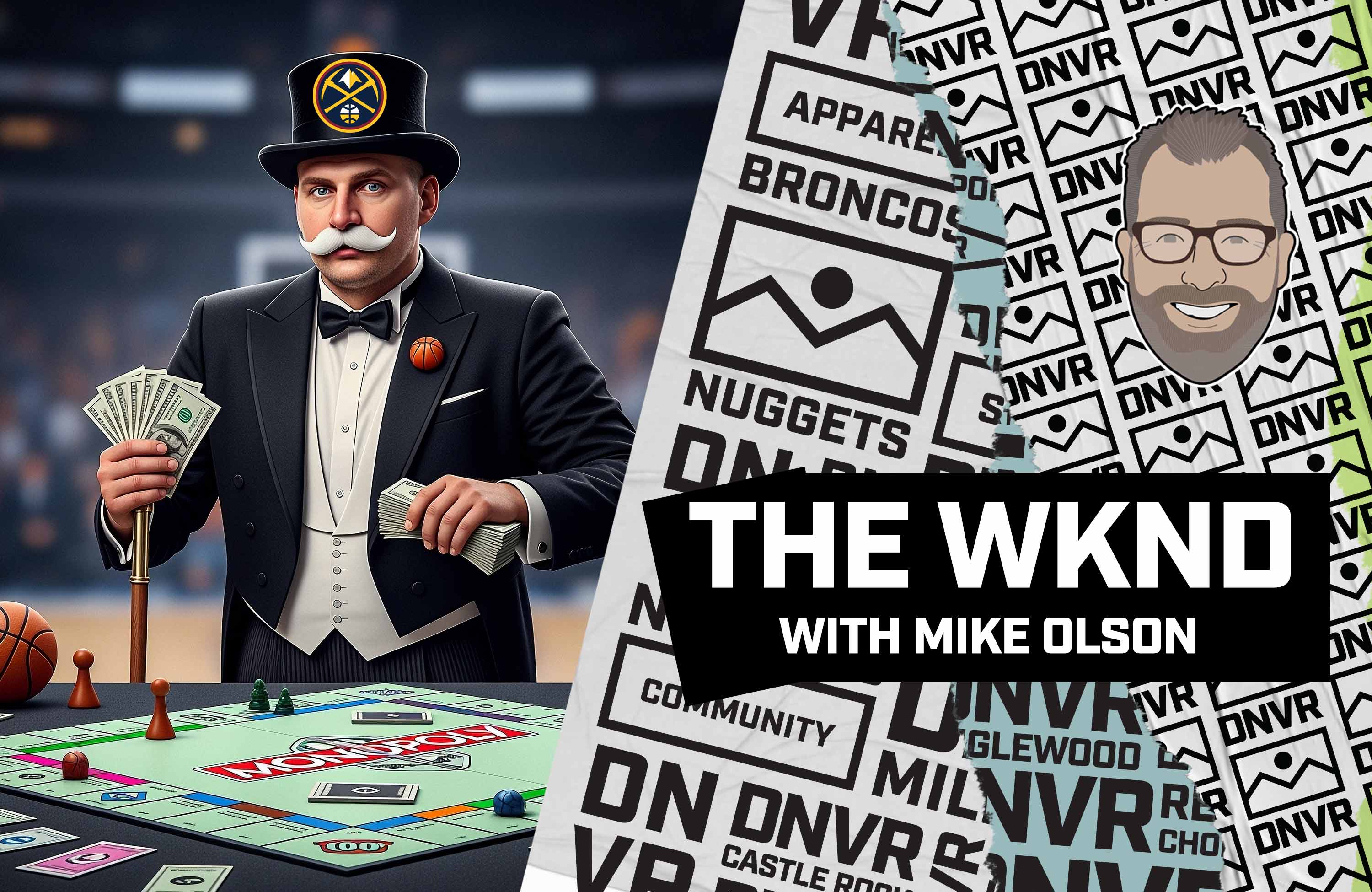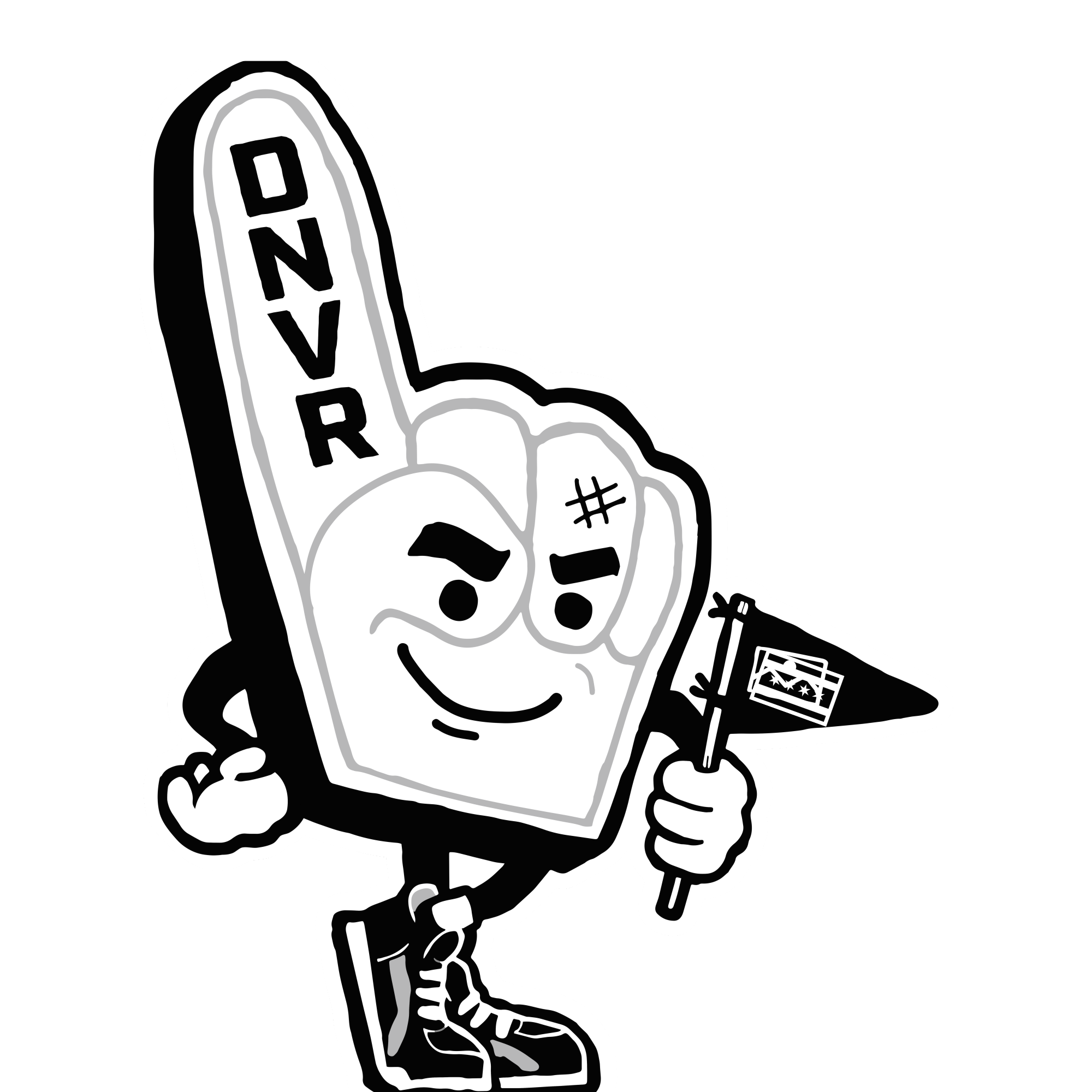© 2026 ALLCITY Network Inc.
All rights reserved.

I’m sitting at In-n-Out the other day, chatting with my buddy about what the Colorado Avalanche are about to pay Martin Nečas, and how many people are falling on both sides of the line of “Is he worth it?” We were tying that number back into the fact that our usual burger combos were 11 bucks instead of the five they were back in college days, and thinking about how many double-doubles 10 mil a year might buy you. Right as it started feeling like a good article idea, former DNVR rock star and still good friend Patrick Lyons strolled by, and it all just felt too fortuitous not to talk about. I would like another double-double. Animal style. And I only have 9.99999 million dollars left to go to catch up. Give or take.
Setting the bar with America’s first big sport, and its first big star. As low a number as this is about to sound, the Babe was probably laughing all the way to the bank. Back in 1922, Babe Ruth took home a staggering $52,000 a year, making him baseball’s highest-paid player at the time. It was far above the 4k a year he’d signed for as a rookie eight years earlier, and it was more than double what anyone else was earning that season. To contrast that to the average Joe, a blue-collar worker averaged less than a quarter an hour, and might make less than 500 dollars in a year. A skilled worker might make anywhere from$2,000-$4,000 in a year, and the average tax return that year (families included) was barely north of 3,000 dollars a year after taxes were paid. For a sense of scale, that means that sports biggest star made around 17 to 25 times as much as the average American. That’s still a lotta burgers.
But for some perspective about where we’re headed with this, Ruth’s salary when adjusted for inflation would land a little shy of 1.7 million a year, which still sounds like a lot of money. Until you realize that this year’s league minimum for Major League Baseball is $760,000, the league average is just north of 5 million, and the sports top salaried performer is pulling down $60+ million in salary alone, and with bonuses and incentives and all the rest, will actually make a little north of $120 mil when all is said and done. Over 70 times what the Babe’s inflation number would have been, and over 1,900 times the average American salary these days. I think we’re out of burger territory now.
When sports’ rising popularity made it a natural companion as the first “reality TV” during the 50’s, the two ideas were an explosive match. To borrow a Wide World of Sports phrase, the “thrill of victory, and the agony of defeat” made the medium a perfect fit to enlarge viewership, which blew up advertising spend, which gave the networks and teams newfound revenues that were more than enticing. The introduction of free agency to most sports in the 1970s also started giving the stars, the players themselves, a much much bigger piece of that pie. Nowhere was that new normal establishing itself more prominently in the NFL, and that touched Denver several times over. Fast-forward to 1983, when rookie John Elway signed with the Broncos for $1 million per year (part of a five-year, $5 million deal). That, at the time, made him the league’s highest-paid rookie. Ten years later, he inked a four-year deal worth $20 million, making him the highest-paid non‑running back in the NFL. Bo Nix’s four-year rookie deal was worth over $18 million.
While Elway’s $5 million/year is still above today’s average NFL salary, that kind of contract would barely register scaled against today’s QBs or even elite NFL starters. Just Thursday, Micah Parsons signed a huge new deal in his trade from the Cowboys to the Packers, with a four-year, $188 million dollar deal that makes him the highest paid non-QB in NFL history. Part of these absurd numbers is that the curve keeps climbing at an ever-steeper pace. Just for comparison: NFL salary caps have surged from roughly $167 million in 2017 to $255 million in 2024, a nearly 53% increase in seven years that continues to fuel these high-burger deals.
Here in Denver, salaries got serious even before the Salary Caps did. Carmelo Anthony signed with the Nuggets in 2006 on a five-year, $78.9 million deal, meaning around $15 million a year, roughly on par with only-average earners today. Meanwhile, hockey vaulted into the stratosphere early around here, too. In 1997–98, Joe Sakic earned $16.45 million in a single season, topping NHL charts. Now we talk about 16 million in very different terms in the NHL. And baseball? Almost all of the Rockies highest-paid deals seem to have inevitably been nuclear bombs for the club (koff, Kris Bryant). No wonder they are allergic to the high-dollar deal.
Eventually, there ended up having to be an even more tiered structure in most sports, where teams could protect their best players with incentives no other team had, and caps gave allowances for some big BIG deals. Enter the Supermax contract, and all the bells, whistles, and loopholes that came with it. That set of tiers gave a pretty quick and clear caste system that now allows most front offices, pundits, and even sharp fans to get a decent idea of wher a contract may land before its ever happened. Which is how my buddy and I got to talking about the pending deal that has many current Avs fans holding their breath. Nečas, signed in 2024 to a two-year, $13 million deal, with league whispers suggesting his next deal could hit $10 million per year, and many not paying full attention wondering how the proximity to Mikko Rantanen’s eventual deal somehow let him slip away. The craziest part being that if the caps keep climbing so rapidly, Marty might be underpaid by tomorrow’s standards.
As mentioned above, what is driving this absurdity is simple: new TV deals have broken all-ever ceilings, union power gave players leverage control, and salary caps ballooned to accommodate. And ballooned. And ballooooooned. In the NFL, the cap surged by over $53 million from 2023 to 2025 alone. And it’s (obviously) not just here at home in Denver, nor even here at home in the US. In soccer, billion-dollar TV rights are now baseline. Most of these sports are simply flush with cash, and players’ paychecks expanded accordingly.
So Denver’s not the only one riding the wave. Elway’s full rookie contract, excoriated in its day, wouldn’t cover a month of Jokic’s potential upcoming 4-year $293 million supermax. Am I saying he’s not worth it? Good god, no. He’s one of my all-time favorite athletes, both on and off the court. But he’s also about to make more every two minutes this season than Ruth made with his big-score contract all year. And yes, that’s over 100 years later. And yes, that still seems… unreal. Nečas’ extension whispers are table talk, but also simply a sign of the times.
And like we showed: the curve isn’t linear, it’s a jet launch. And once leagues hit escape velocity on revenue – if they haven’t already – the paychecks just keep climbing. As remarkable as that currently is, it also seems mathematically unsustainable. It’s gotten to be a great something to even ride the end of the pine for any team who is making the big bucks. You’ll be able to afford a lot of burgers, whether you are In or Out.
Comments
Share your thoughts
Join the conversation



